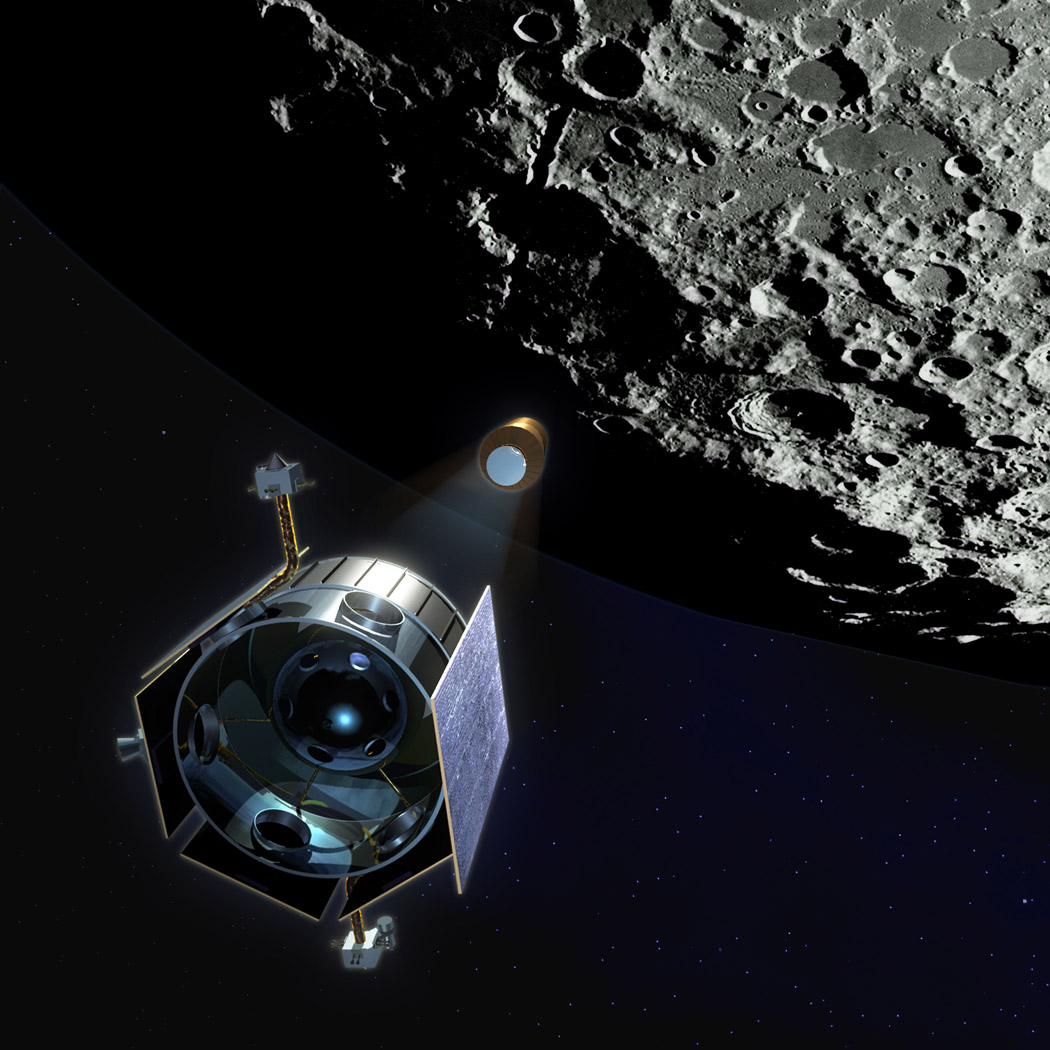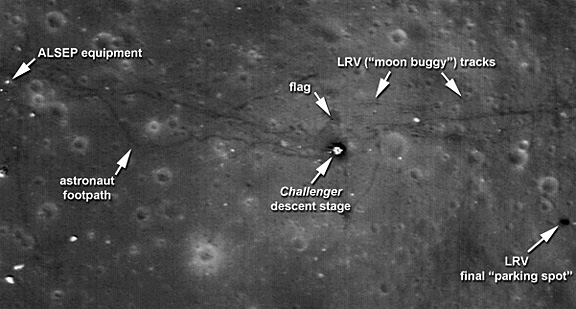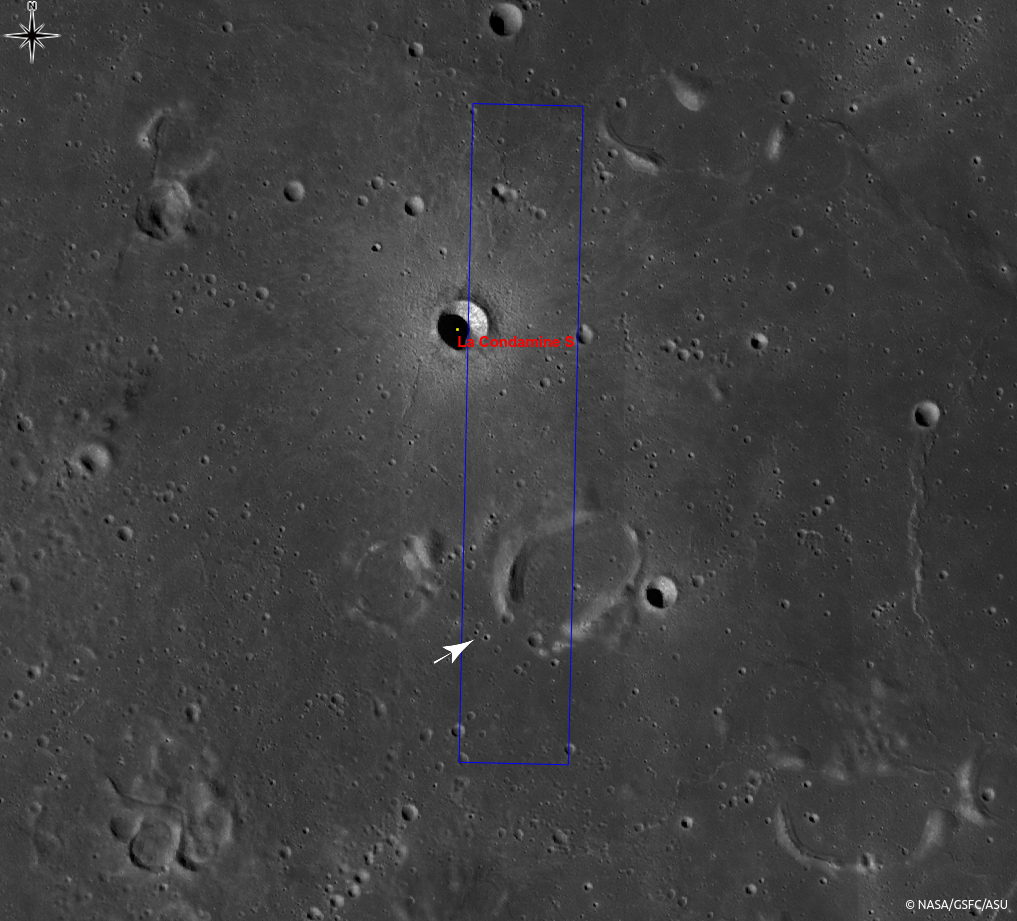
Udvar-Hazy Center is located in Chantilly, Va., near Washington Dulles International Airport. The National Air and Space Museum is on the National Mall in Washington, D.C., at Sixth Street and Independence Avenue S.W. “We’ve not only detected many previously unknown lunar scarps, we’re seeing much greater detail on the scarps identified in the Apollo photographs.” “The ultrahigh resolution images from the Narrow Angle Cameras are changing our view of the moon,” said Mark Robinson of the School of Earth and Space Exploration at Arizona State University, coauthor and principal investigator of the Lunar Reconnaissance Orbiter Camera. The amount of contraction is estimated to be about 100 meters in the recent past.” “Relatively young, globally distributed thrust faults show recent contraction of the whole moon, likely due to cooling of the lunar interior. “One of the remarkable aspects of the lunar scarps is their apparent young age,” said Watters of the Center for Earth and Planetary Studies at the National Air and Space Museum and lead author of the paper. These developments have set up a scientific framework through which to challenge and improve our understanding of processes throughout the solar system. The newly detected scarps indicate that the thrust faults are globally distributed and not clustered near the moon’s equator. LRO observations have enabled numerous groundbreaking discoveries, creating a new picture of the moon as a dynamic and complex body. Fourteen previously unknown lobate scarps have now been revealed in very high resolution images taken by Lunar Reconnaissance Orbiter Camera.

They were first recognized in photographs taken near the moon’s equator by the panoramic cameras flown on the Apollo 15, 16 and 17 missions. Lobate scarps, imaged by the Lunar Reconnaissance Orbiter Camera, are thrust faults that occur primarily in the lunar highlands. The findings are reported in a paper by Smithsonian scientist Thomas Watters, “Evidence of Recent Thrust Faulting on the Moon Revealed by the Lunar Reconnaissance Orbiter Camera” scheduled for publication in the Aug. The Lunar Reconnaissance Orbiter is revealing previously undetected landforms that indicate the moon is shrinking. Eliot Elisofon Photographic Archives, African Art.

A footpath left by the Apollo 14 astronauts looked like some faint dark lines. The missions took place in 1969 (Apollo 12), 1971 (Apollo 14) and 1972 (Apollo 17).Īs NPR's Nell Greenfieldboyce reported earlier for the Newscast desk, in the first images of the Apollo landing sites sent back two years ago by the Lunar Reconnaissance Orbiter "part of the Apollo 11 lunar module could be seen as a little dot. Equipment such as the descent stages of lunar modules and cables running to two instruments from the Apollo Lunar Surface Experiments Package left behind by Apollo 12 astronauts. Trails created by footprints from all six astronauts during the three missions, as well as tracks made by Apollo 17's Lunar Roving Vehicle (which also appears as a small dot in one photo).

Though not close-ups by any stretch of the imagination, the images do offer more detail than other photos taken two years ago by the Lunar Reconnaissance Orbiter, which is now circling the moon.Īs it flew over landing sites of the Apollo 12, 14 and 17 missions, the orbiter snapped pictures that show, among other things: Tracks and equipment left on the moon by astronauts from three of the Apollo missions can be seen in new photos just released by NASA. The Apollo 17 landing site: To the far right, the Lunar Roving Vehicle Toward the center, the descent stage of the Challenger lunar module.


 0 kommentar(er)
0 kommentar(er)
